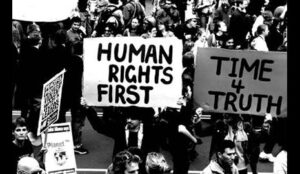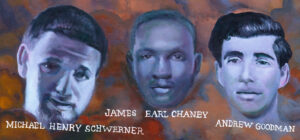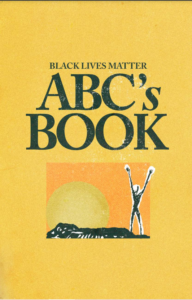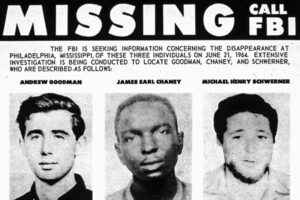My Expierence with Comics and History
My experience with reading comics has overall been pretty good for me even though it’s been a while since I’ve last done it. Although it definitely caught me off guard getting assigned a comic book, especially on civil rights, in English class. It wasn’t too difficult of a template to adjust to as I used to read some Garfield and I’ve liked Garfield. I found it easier to read than a book as it made it easier to skim through. This was helpful as it allowed me to easily get the main idea due to the images. The only issues I had while reading was sometimes figuring out who said what and occasionally, I’d get lost when the book started jumping around between subjects.
I’d say that I already had a lot of knowledge in the subject as I like history a lot. One effect of this is that I read about American and global history a little bit in my free time. I’ve found school history to be very unreliable and commonly flat out wrong when discussing topics so my knowledge on history has been independently learnt. Due to this I feel like I know more than most people on the subject.
On civil rights specifically I already have lots of pre-existing knowledge. For example, I’ve read lots on reconstruction as well as how segregation became a thing along with similar things that happened in foreign countries. This made it so that I wasn’t really surprised by bad things that were shown in March. I already knew a lot about the Ku Klux Klan, segregation, and the prevalent culture at the time. I also knew about the political parties and the conditions under segregation. In conclusion, I had a mostly easy time reading March and I had lots of prior knowledge on the subject.



 I really liked this zine because I feel that it relates to what we have been talking about in class, the Civil Rights Movement. It consists of pictures and information of colored Americans who lost their lives because of racism that is still in the world today. It was produced digitally and organized with names in alphabetical order. It is a zine full of color and detail. Each page has a drawn picture of the victim with an ombre background. The creator of the zine was able to voice their opinions and emotions through this zine and show that the people in it were good people, with a lot of life still left to live. This piece of artwork is a zine because it is really obvious the passion the creator had for the topic. While some zines are very scattered and collaged, the author of this one wanted to keep each page with the same organizational method, allowing for the information to be clearly understood.
I really liked this zine because I feel that it relates to what we have been talking about in class, the Civil Rights Movement. It consists of pictures and information of colored Americans who lost their lives because of racism that is still in the world today. It was produced digitally and organized with names in alphabetical order. It is a zine full of color and detail. Each page has a drawn picture of the victim with an ombre background. The creator of the zine was able to voice their opinions and emotions through this zine and show that the people in it were good people, with a lot of life still left to live. This piece of artwork is a zine because it is really obvious the passion the creator had for the topic. While some zines are very scattered and collaged, the author of this one wanted to keep each page with the same organizational method, allowing for the information to be clearly understood. 